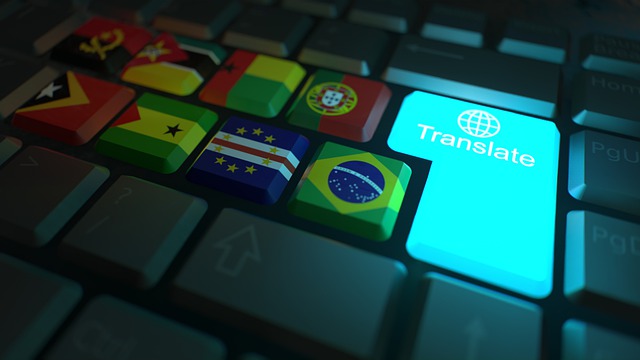In recent years, the translation industry has experienced growth points with the increases in the amount of content to be translated as well as pressure on LSPs to increase the speed and productivity of translations.
Introduction to Machine Translation Post Editing
Thanks to the significant improvement of machine translation (MT) over the past two decades, new translation processes, such as “machine translation post-editing”, have been created in the localization industry and took their place in official document translation services as a starting point.
All those fascinating changes in the translation industry raised questions about the place of human translation and machines in the field. At the very early stages of machine translation development, people thought that machine translation cannot be an option for professional translations.
However, these recent developments are making Machine Translation a more central discussion point in the translation industry.
The main question however remains: “Can machine translation really replace human translators?”. Well, the short answer is “No.”, but let’s get into the details.
Machine Translation Post-Editing
We all know a little about Machine Translation. For those who don’t know anything, the first attempts of machine translation development were presented in 1949 by Warren Weaver, with the beginning of the Cold War.
Machine translation processes remained based on statistical machine translation processes. Even though it shaped the machine translations as we know today, these processes helped gain in speed and volume and produced a very limited quality.

The main improvement in Machine Translation came with neural machine translation processes. Google Translate, used by more than 500 million people to translate over 100 billion words every day, made the switch in 2016 to neural machine translation improving the quality of the translations in languages that have significant text corpora that the algorithms can analyze to provide a more accurate translation of the source content. Today you can easily handle your small translations with Google Translate for personal needs.
However, when it comes to translation for business, the decision to a machine translation engine is not that easy to make. Do you think that you can use an MT-only output in your product’s user guide? Absolutely not! What about marketing content?
NO WAY!
Every corporation needs a marketing effort to increase revenue, but translating marketing content needs a human translator contribution to reach its best. Because machines can give you suggestions, translations, but cannot analyze the whole content and take initiative when it’s needed.
This means that we cannot think about a translation process without human translators being involved. But for cost-effectiveness and speed, businesses were eager to try a hybrid solution, challenging the benefits of human translation.

This led to the birth of another workflow in the translation industry which is Machine Translation Post Editing. MT can provide you with speed, but do you think it can provide you with the quality you need? Of course not.
At this point, the industry still needs human translation effort, people who can take initiative and make decisions to provide consistency within the content to be translated.
Translators take the post-editing responsibility in this process and guarantee the quality of the output.
The post-editing processes are making their way into the industry, big corporations ask more and more for automated translation workflows that integrate Machine Translation as a first step. The machine translation market grows fast, but opting for machine translation only in business-to-business contents is not yet on the agenda.

